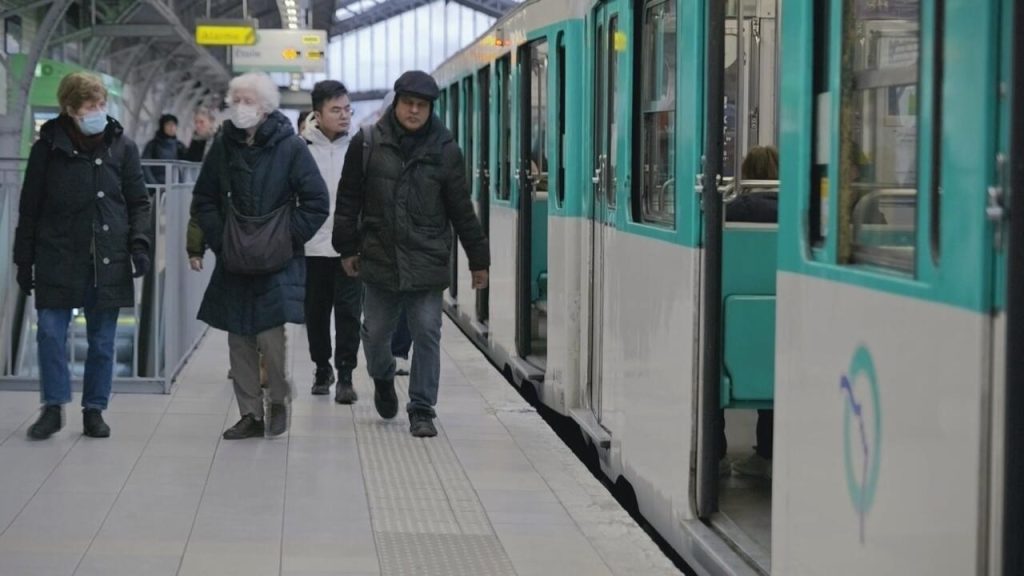Issued on:
The Paris metro is one of the oldest underground railway networks in the world. Every day, 4 million people in the French capital rely on its services. But could Parisians be unknowingly exposing themselves to toxic levels of air pollution? The Down to Earth team takes a closer look.
Living in a big city inevitably means exposure to pollution, but the dirtiest air that we breathe might not be on busy roads, but under the ground in metro stations.
Tiny airborne particles known as particulate matter are the main culprits. They’re invisible to the naked eye, measuring less than 10 micrometres, making them smaller than a single grain of sand or the diameter of a human hair.
Part of the problem begins on the streets above the railway network, as fine particles enter metro stations. They mix with metallic particles generated from the wheels running on the rails and from braking, creating a toxic cocktail of pollution in a confined space with little ventilation. In a recent study, French public health authorities concluded that the levels of fine particles were on average three times higher inside the Paris metro than outside.
For now, experts say there is not enough robust data to establish whether metro pollution could be more dangerous than emissions from road traffic. But there is evidence that fine particles in the air can travel deep into the respiratory tract, and have been associated with multiple health conditions such as asthma and cardio-vascular disease.



